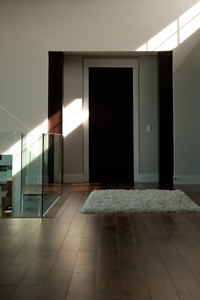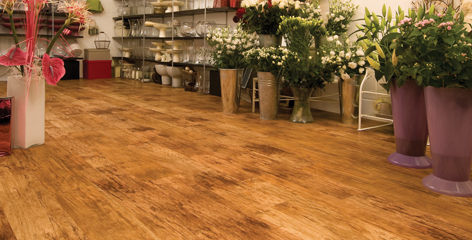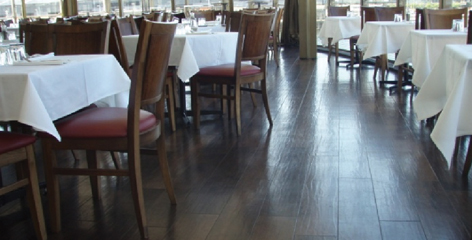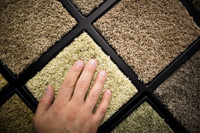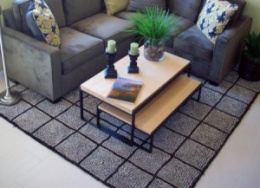 Carpet is often not thought of as an eco friendly flooring choice but advances in carpet manufacturing and new fibre options available are changing that.
Carpet is often not thought of as an eco friendly flooring choice but advances in carpet manufacturing and new fibre options available are changing that.
Wool carpets
Made from the cut hair of sheep and llamas, wool is a great renewable choice. It’s durable as well as fire and stain resistant. Wool carpets trap pollutants to keep them out of the air and are a less hospitable to dust mites.
They look and feel luxurious, like the area rug in the picture above from Unique Carpets. But the luxury of wool comes at a higher price than synthetic carpets. Consider purchasing wool carpets as an investment in your home and sustainability.
Plant fibres
The variety of natural plant fibres available presents more biodegrable and sustainable options. While some plant fibre carpets are available as wall to wall carpets, they are most often used for area rugs.
One popular choice is Sisal, made from the leaves of the agave plant. It’s a durable, easy to clean, and absorbent choice. As with many plant fibres, Sisal is known for being scratchy so make sure you feel a sample before choosing it.
Seagrass is a thicker plant fibre grown underwater. It’s known for being easy to care for. Its natural dark pigment is retained because is it unable to hold dye. This makes it good for hiding dirt tracked inside by kids and pets.
Carpet recycling
If planet fibres aren’t suitable for your space and wool is out of your budget, there are still some eco-friendly options available. We work with a 100% Canadian company to offer carpet recycling. After we remove your carpets from your home, they are sent to the carpet recycling plant. At the plant the carpets are sorted by fibre, sheared and converted into pure fibres. Depending on the fibre type, the fibres will be sent to manufacturing companies and can be used to create new carpet and other products that use nylon or polypropylene fibres as inputs. One example of these recycled carpets is the Anso Nylon carpet. This carpet is made from fibres of recycled nylon carpets and can be recycled again and again. Anso Nylon maintains good performance and continues to look stylish after each time the fibres are recycled.
Shaw’s environmentally friendly manufacturing focus extends beyond recycling carpet. The EcoLogix carpet cushion system is made from 91% post consumer recycled content from recycled plastic bottles.

